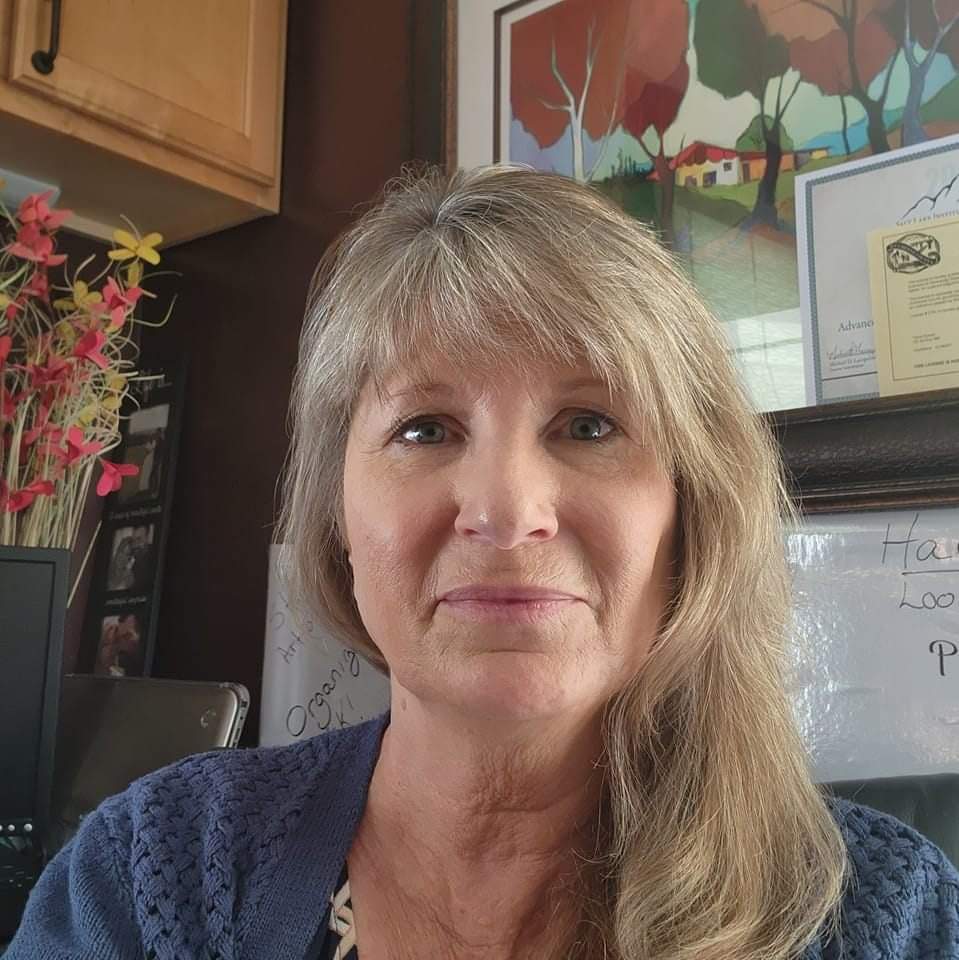
Historical U.S. Voter Registration Records
What better time to dive into historical voter registration records than during the week of the presidential election? Did you know that voter registrations can fill in gaps left by other records? Let’s explore the rich history of voter registration in the United States and then discuss the various ways to locate these invaluable documents.
Colonial Beginnings
In the early days, voting was a privilege reserved for white, land-owning men. Think of it as an exclusive club where the entry fee was property and a Y chromosome.
The 19th Century: Expansion and Exclusion
As the nation grew, so did the electorate—at least for white men. By the mid-1800s, most white men could vote, but barriers like literacy tests and poll taxes were used to keep others out. The 15th Amendment in 1870 was a game-changer, granting Black men the right to vote. However, discriminatory practices ensured that this right was often more theoretical than practical.
Women’s Suffrage: The Long March to 1920

The women’s suffrage movement was a marathon, not a sprint. Starting with the Seneca Falls Convention in 1848, suffragists like Susan B. Anthony and Elizabeth Cady Stanton fought tirelessly for the right to vote. Their persistence paid off with the ratification of the 19th Amendment in 1920, finally giving women the vote.
The Civil Rights Movement: Breaking Down Barriers
The 20th century saw significant strides in voting rights, particularly with the Civil Rights Movement. The Voting Rights Act of 1965 was a landmark achievement, outlawing discriminatory practices that had disenfranchised Black voters and other minorities.
Last to the Ballot: The Ironic Journey of Native American Voting Rights
In 1924, Native Americans were granted U.S. citizenship and the right to vote with the passage of the Indian Citizenship Act. However, the journey to the ballot box wasn’t as swift as one might hope. States employed various tactics, such as literacy tests and poll taxes, to keep Native Americans from exercising their newfound rights. It wasn’t until 1962 that the last state, Utah, finally ensured that Native Americans could cast their votes without hindrance.
Unearthing Voter Registration Records from Bygone Eras
To research historic voter registration records for family history, follow these steps:
- Start with Online Databases: Websites like Ancestry.com, FamilySearch, and MyHeritage often have digitized voter registration records.
- Check State and Local Archives: Visit the websites of state and local archives, libraries, and town halls. Many have digitized records or can guide you to physical copies2.
- Use Keyword Searches: Run keyword searches on the FamilySearch catalog or state archives websites using your ancestor’s name, town, county, and state.
- Look for Great Registers: Some states, like California, have “Great Registers” that list voters and include naturalization data.
- Visit Local History Societies: These societies often have unique records and can be invaluable resources.
- Document Your Findings: Keep detailed notes on where you found each record, as URLs and availability can change over time.

Have a success story using historic voter registrations in your research? Please share with us! Or post any questions you may have.
Happy Researching!


3 responses to “Unearthing Historical Voter Registrations: The History and How-To’s”
Thank you for including the interesting history of voting in the U.S. I believe it would have changed the country significantly for the better if John Adams had listened to his wife, Abigail when she, ‘Don’t forget the ladies.’ and made sure women had the right to vote from the beginning. Hats off to Wyoming, which was forward thinking on suffrage. I’m currently reading a book on women’s suffrage in Iowa and South Dakota. The women in each of our states had both a common and uniquely complicated journey to success. My grandmother and great grandmothers were no doubt the first women in our family to vote. It is likely they voted for James Cox (Dem), who ran against Warren G. Harding (Rep). As we know, Harding wasn’t a stellar president. This was the perfect time for this article, Tania.
Thank you! Understanding history helps to add variety and depth to our ancestors’ stories! Historical women’s suffrage is also an interest of mine.
Happy Researching!
Just wish to say your article is as astonishing. The clearness in your post is simply great and i can assume you’re an expert on this subject. Well with your permission let me to grab your RSS feed to keep up to date with forthcoming post. Thanks a million and please keep up the gratifying work.